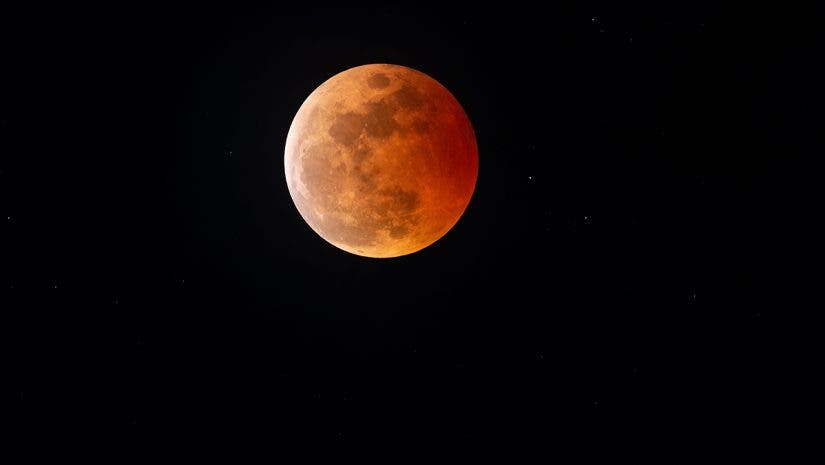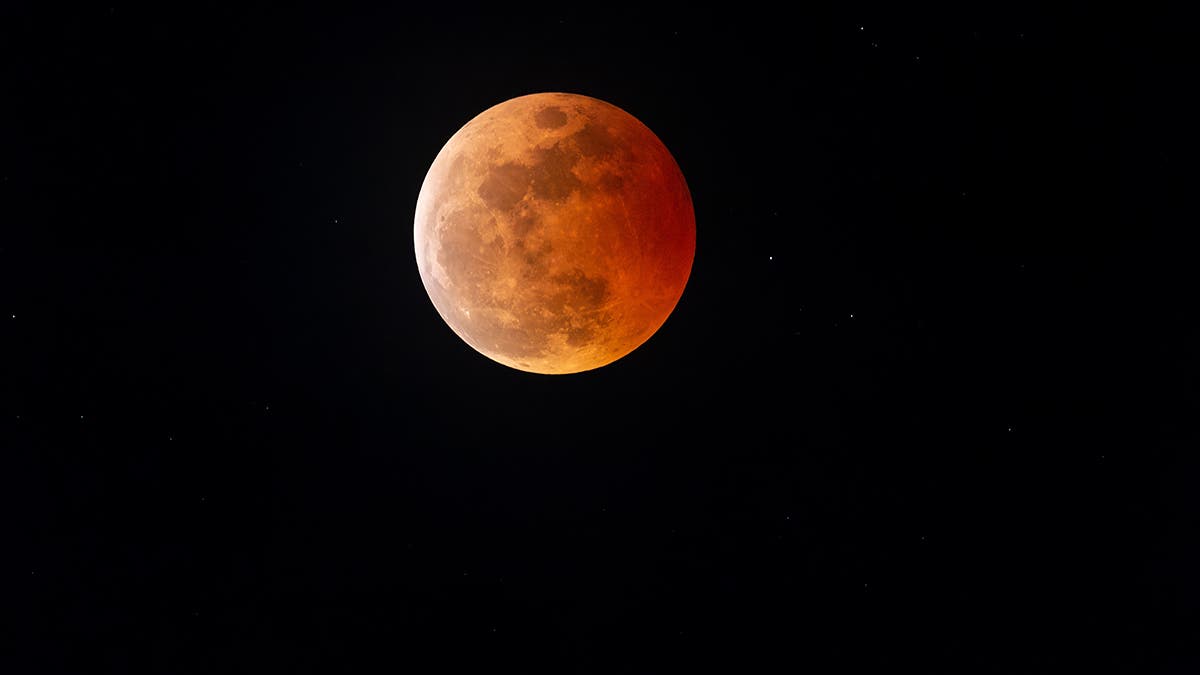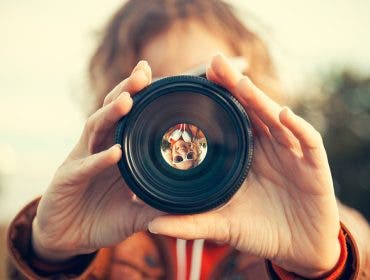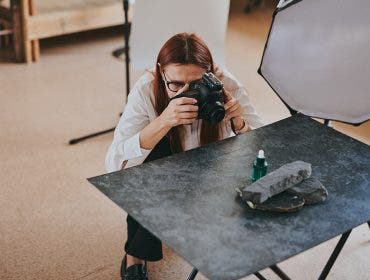Seeing and photographing a lunar eclipse is a breathtaking experience for everyone who is lucky enough to witness it. However, many photographers realize — often too late — that it’s not as simple as pointing a camera at the sky. They could come across gear mishaps or exposure miscalculations. No matter what, mistakes are common. However, you can try and prepare for them all, so they’re less likely to happen. If you’re about to embark on your first lunar eclipse shoot, here’s everything you need to know to get it right (or at least mostly right) the first time.
1. Invest in a sturdy tripod
A solid foundation is the first essential to capture every nuanced detail of a lunar eclipse. For that purpose, a 4-section aluminum tripod with a ball head is more than perfect. Its durable aluminum build provides unmatched stability while remaining ultra-compact and lightweight, so you’re steady in rooftops or on uneven terrain in the wilderness.
Plus, its dual-lock design and rapid leg opening system ensure you’re set up in a matter of seconds. With a padded carry bag included, you can travel light without sacrificing quality. This tripod supports your camera and your passion for lunar eclipse shoot sessions.
2. Don’t let your battery die mid-shoot
You don’t wanna have your camera shut down right at the climax. What a nightmare! To avoid it, have a reliable power system like the Tether Tools case relay camera power system. It’s made for uninterrupted shooting, this system is compatible with a wide range of camera brands. Some of them: Canon, Nikon, Sony, Panasonic, Fuji, and Olympus. Therefore, no matter your rig, it’s got you covered.
It has an internal UPS battery that provides seamless external battery exchanges, a real gem during those long 4 to 5-hour lunar eclipse sessions.
3. Use two rigs for maximum creativity
A lunar eclipse can last hours, so you’re opened up to a lot of photo possibilities. Relying on a single setup can limit what you can do. That’s why savvy photographers swear by a two-rig system — one for zoomed-in details and one for wide atmospheric shots.
Enjoy the flexibility to experiment with different exposure techniques. All from rapid snapshots to long painterly exposures that capture the unreal ambiance of the eclipse.
Choose between these two zoom setups
The Rebel T7’s 24.1 megapixel sensor and wide ISO range will let you capture the moon’s vibrant details. The EF 70-300mm lens with its Ultra Low Dispersion elements and image stabilization will assist you in making sure every shot is sharp and clear. This combo is perfect for those moments when you need to show off the lunar surface in all its glory.
The D7500, with an insane low-light performance, pairs perfectly with the 70-300mm lens. Together, they provide a versatile zoom capability. Both flawlessly capture the moon’s craters and textures. All with no lack of precision!
A wide-angle setup for the entire celestial drama
If you crave the type of shots that are expansive and story-telling, this combination should be in your cart by… yesterday. The a6400’s ultra-fast autofocus and real-time tracking let you nail the perfect moment. Oh, and the Laowa lens, it boasts a 122-degree field of view and near-zero distortion. So, it invites you to frame sweeping landscapes, with the moon as the celestial centerpiece of course.
4. Dial in the right camera settings
For eclipse photography, when eclipses rarely happen, it’s crucial to master your camera’s controls. When the right moment comes, all you should have to worry about is pressing the shutter.
Start with a low ISO (around 200-400) during the partial phases to prevent overexposure. As totality approaches, gradually bump it up to around 800.
Adjust your shutter speed based on the brightness. For example, faster speeds (like 1/125s) work for the illuminated moon. Meanwhile, slower speeds (1-2s) capture the soft glow during totality.
5. Do advanced tracking for long exposure shots
Long exposure photography takes your lunar eclipse shoot from impressive to awe-inspiring, but Earth’s rotation can blur your celestial subjects if not managed properly. That’s where something like the Slik ECH-630 astro tracker comes into play. It’s a lightweight motorized mount engineered to track the motion of the sky. Why is it so important for eclipse photography? Well, it compensates for the Earth’s rotation so you can capture perfectly aligned, star-studded long exposures.
With an 11 lbs capacity and multiple speed settings, the ECH-630 is designed for versatility. As in, it handles both subtle movements and more dynamic tracking needs. Its extended battery life (up to 20 hours on AA batteries) and micro USB port for external power make it a reliable partner during those extended night sky sessions.
6. Study composition
Great eclipse photography is a tale of technical perfection and awesome storytelling. Look beyond the moon for a minute. Let the surrounding landscape, silhouettes, and even urban skylines play a role in your narrative. Each element adds depth and emotion to your image.
The flexibility of the dual rig setups discussed earlier in the article will allow you to experiment with different compositions. For instance, the Sony a6400 paired with the ultra-wide Venus Laowa lens is perfect for capturing expansive dramatic views that include the moon as a mysterious, otherworldly orb.
7. The magic of post-processing
Raw images are full of potential but they need a bit of polishing to truly shine. Post-processing is your chance to bring out the best in your lunar eclipse shoot.
Begin with basic adjustments: fine-tune contrast, sharpen details, and reduce noise (especially if you push your ISO higher during totality).
For those who love to experiment, consider stacking multiple exposures to enhance the dynamic range and bring out the finer details of the lunar surface. Software like Photoshop or Lightroom can transform your images, revealing the stunning textures and intricate patterns that make eclipse photography so captivating.
Eclipse photography: Into the unknown!
When it’s your first lunar eclipse shoot, it’s basically a journey into the unknown. However, with the right gear, creative versatility of dual rigs, and advanced tracking, you’re all set to capture the cosmic ballet in stunning detail. Embrace each tip with enthusiasm and experiment boldly!






